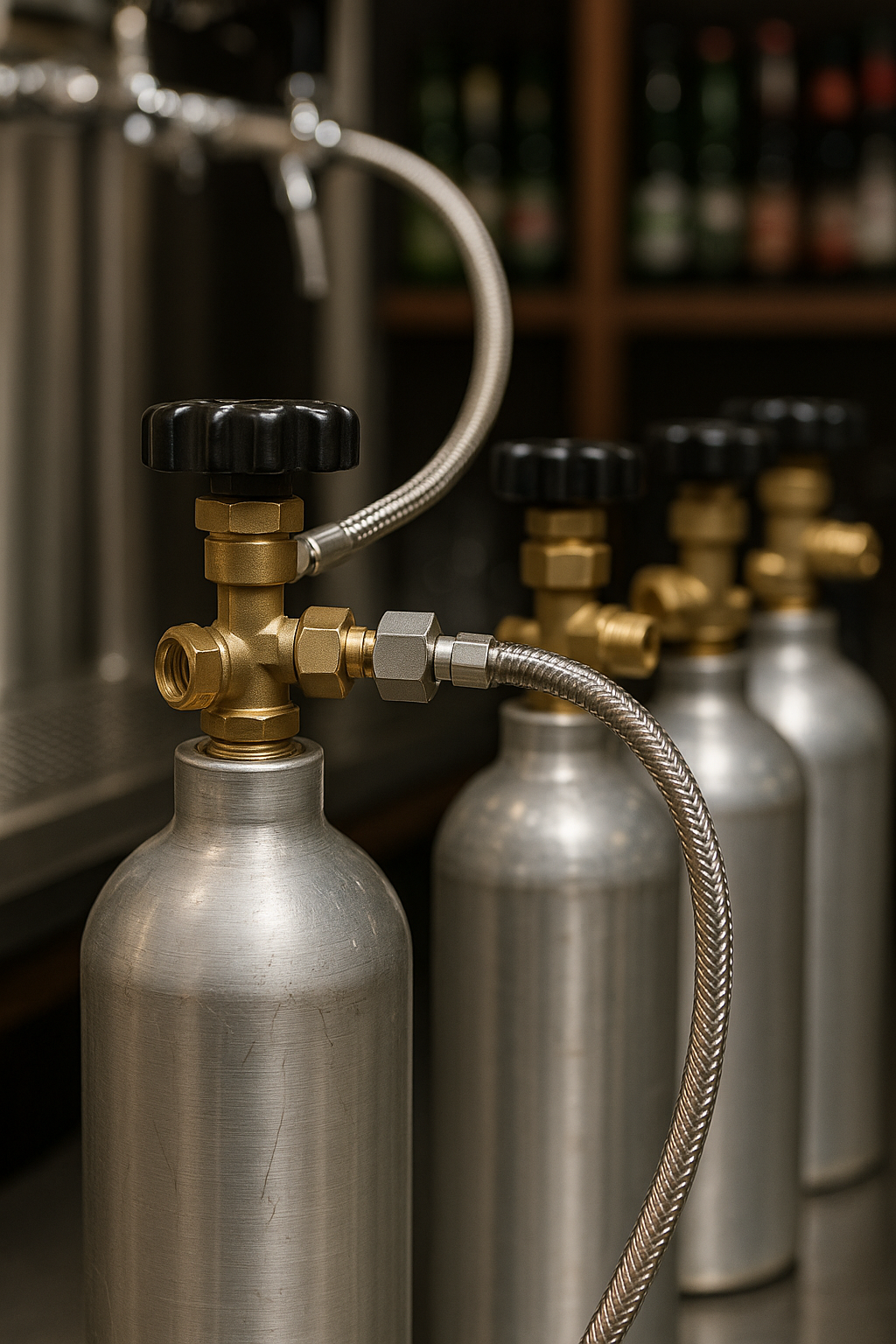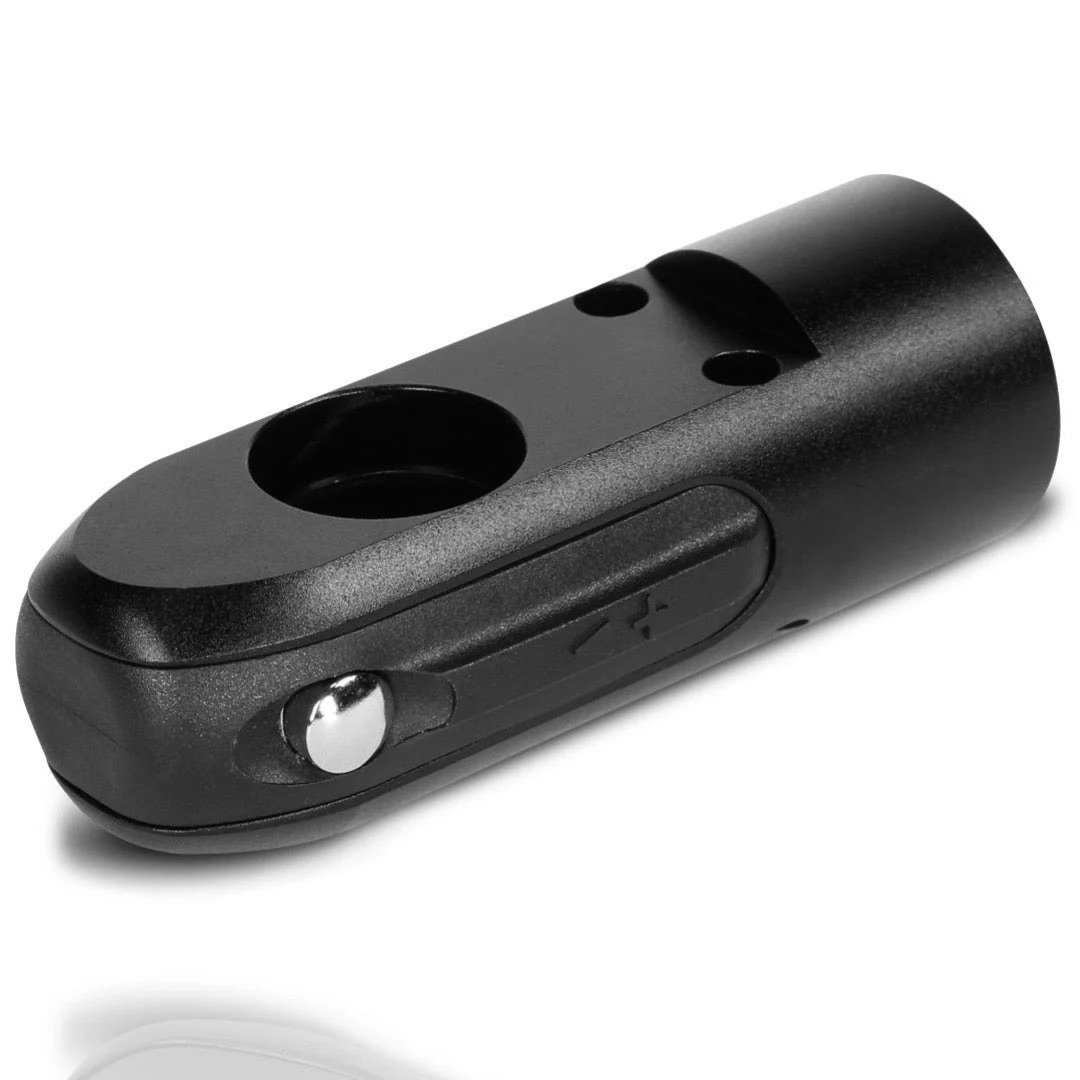Imagine this: you’re pouring a fizzy drink, maintaining an aquarium, or running a business that relies on CO2—when suddenly, the gas runs out. Your drink goes flat, your fish suffer, or your operations halt. That frustrating “oh no” moment is all too common.But here’s the good news: running out of CO2 is completely avoidable if you know the right tricks.
To prevent running out of CO2, regularly check your pressure gauge, monitor system performance, and keep a backup tank. Using weight tests, listening for leaks, and setting refill reminders can also help avoid unexpected depletion.
In this guide, I’ll share simple, effective strategies to monitor your CO2 levels, prevent depletion, and avoid unnecessary stress.
Table of Contents
Why Knowing When Your CO2 Tank Is Low Really Matters
Most people don’t think about CO2 until it’s gone—and by then, it’s too late. Whether you’re:
- Running a bar or restaurant (flat drinks hurt business).
- Managing an aquarium (low CO2 affects plant health).
- Using CO2 for industrial processes (downtime costs money).
A depleted CO2 tank can lead to costly interruptions. The key is recognizing the early warning signs before it’s too late.
How to Tell If Your CO2 Tank Is Running Low
You might think “I’ll notice when it’s low,” but CO2 depletion isn’t always obvious. Here are the telltale signs:
- Flat Drinks: Soda lacks fizz, beer pours poorly.
- Aquarium Issues: Plants look weak, algae growth increases.
- System Changes: Gas flow becomes inconsistent.
- Odd Noises: The usual hissing sound weakens or stops.
By catching these small “whispers” from your CO2 system early, you can avoid unexpected depletion.
Why CO2 Runs Out Faster Than You Expect
Ever felt like your CO2 tank empties way too quickly? Here’s why:
- Frequent Use: The more you dispense, the faster it depletes.
- Temperature Effects: Heat increases pressure loss, just like how soda loses fizz faster when warm.
- Leaks & Wastage: Small leaks add up over time, draining your supply unnoticed.
Understanding these factors helps you predict when a refill is needed—before you run out.
Simple Tricks to Stay Ahead of CO2 Depletion
1. Keep an Eye on the Pressure Gauge
Your CO2 tank’s pressure gauge is its health monitor. When the needle drops into the red zone, it’s a sign you need a refill. A quick glance can prevent a full-blown CO2 crisis.
2. Try the Weight Test
CO2 tanks lose weight as they empty. A full tank weighs 50–60 lbs, while an empty one is around 25 lbs. Lifting your tank is a quick way to estimate remaining CO2.
3. Listen to Your Tank
A functioning tank hisses or hums slightly. If that sound becomes softer, erratic, or stops, your CO2 levels might be dropping.
4. Watch Your System’s Behavior
If you notice:
- Slow soda dispensing.
- Weak or inconsistent carbonation.
- Irregular aquarium CO2 flow.
Your system is warning you that CO2 is running low!
5. Look for Frost
If you see frost or ice forming on your tank, it’s a sign of pressure drop—meaning your CO2 is nearly depleted.
6. Try the Bubble Test
For aquariums, submerge CO2 tubing in water and watch for bubbles. If bubbles are weak or inconsistent, your CO2 is running out.
Plan Ahead to Avoid Emergencies
Running out of CO2 at the worst time? Here’s how to avoid that scenario:
- Track Usage: Monitor how long your CO2 lasts and set a refill schedule.
- Consider a Backup Tank: If CO2 is critical, keep a spare tank on hand.
- Use a CO2 Monitoring System: These devices provide real-time alerts before levels get too low.
A little planning now can save a major headache later!
What to Do If You Run Out of CO2 Anyway
It happens—even with the best planning. If your tank is empty:
- Reduce Usage: Cut down on CO2-reliant processes until you can refill.
- Find an Emergency Supplier: Keep a list of local refill stations for quick access.
- Don’t Force It: Avoid over-pressurizing the system to squeeze out extra gas—it’s unsafe.
Being prepared means you’ll handle an empty tank like a pro.
Storage and Maintenance Tips for CO2 Tanks
Want your CO2 tank to last longer? Follow these best practices:
- Store upright in a cool, dry place.
- Keep away from direct sunlight and heat sources.
- Check for leaks regularly.
- Ensure proper fittings to prevent slow gas loss.
Taking care of your tank means fewer refills, less waste, and lower costs.
Why Proactive CO2 Management Saves You Time and Money
Running out of CO2 isn’t just an inconvenience—it’s costly:
- Bars & Restaurants: Flat drinks = unhappy customers.
- Aquariums: Poor CO2 levels = struggling plants.
- Industrial Use: Downtime = lost revenue.
By staying on top of CO2 levels, you prevent losses, reduce stress, and save money.
Wrap-Up: Be Ready, Stay Steady
Managing CO2 doesn’t have to be a guessing game. With these simple tricks, you can:
✅ Recognize warning signs early.
✅ Use monitoring tools to prevent depletion.
✅ Plan ahead to avoid CO2 emergencies.
So next time you pour a perfectly carbonated drink or see your aquarium thriving, you’ll know you’ve got CO2 management under control.
Have any CO2-saving tips or crisis stories? Share them in the comments!






